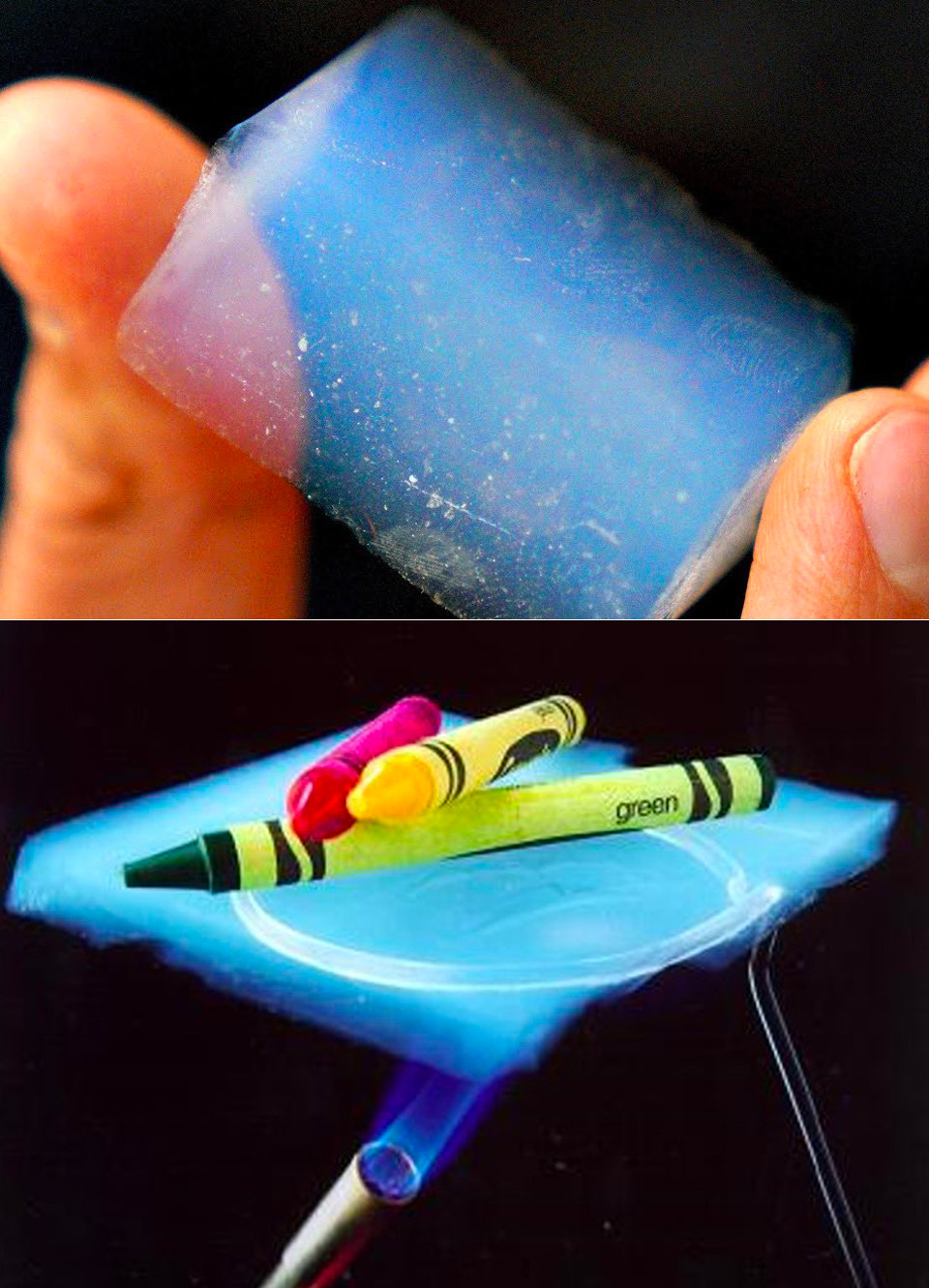The History of Aerogels
The story of aerogels begins in 1931 with a bet between two scientists, Samuel Stephens Kistler and Charles Learned. Kistler believed he could replace the liquid in a gel with gas without causing the gel to shrink. He succeeded, creating the first aerogel from silica gel. This groundbreaking material, often referred to as “frozen smoke” due to its translucent appearance and extremely low density, opened up a new realm of possibilities in material science.
What Are Aerogels?
Aerogels are a unique class of materials characterized by their porous structure and low density. They are created by removing the liquid component of a gel and replacing it with gas, typically through a process called supercritical drying. This results in a solid material that is incredibly light and has excellent insulating properties.
Uses of Aerogels
Over the decades, aerogels have found applications in various fields due to their unique properties:
- Thermal Insulation: Aerogels are among the best thermal insulators available. They are used in building insulation, space suits, and even in the Mars Rover to protect instruments from extreme temperatures.
- Oil Spill Cleanup: Due to their high surface area and porosity, aerogels can absorb large amounts of oil, making them effective for environmental cleanup efforts.
- Catalysis: Aerogels’ porous structure makes them ideal for use as catalysts in chemical reactions, enhancing efficiency and performance.
- Energy Storage: Aerogels are used in the development of advanced batteries and supercapacitors, contributing to more efficient energy storage solutions.
- Acoustic Insulation: Their ability to dampen sound makes aerogels useful in acoustic insulation applications, such as in recording studios and automotive industries.
- Biomedical Applications: Aerogels are being explored for drug delivery systems and tissue engineering due to their biocompatibility and customizable properties.
Companies Leading the Aerogel Market
Several companies have harnessed the potential of aerogels to create profitable and innovative products:
1. Aspen Aerogels, Inc. : A leader in the aerogel market, Aspen Aerogels specializes in producing high-performance aerogel insulation for industrial and commercial applications.
2. Cabot Corporation: Known for its advanced materials, Cabot Corporation manufactures aerogels used in a variety of applications, including thermal insulation and energy storage.
3. BASF SE: This global chemical company has developed aerogel products for building insulation and other industrial uses.
4. Svenska Aerogel Holding AB: This company focuses on developing and commercializing aerogel materials for various industries, including construction and environmental protection.
5. Aerogel Technologies, LLC: Specializing in the production of aerogel materials, this company provides solutions for aerospace, automotive, and other high-tech industries.
Aerogels continue to be a fascinating and versatile material, with ongoing research and development promising even more innovative applications in the future. From their serendipitous discovery to their modern-day uses, aerogels exemplify how scientific curiosity can lead to groundbreaking advancements.
Wikipedia (https://en.wikipedia.org/wiki/Aerogel)
NASA (https://www.nasa.gov/aeronautics/aerogels-thinner-lighter-stronger/)
Nanowerk (https://www.nanowerk.com/nanotechnology-glossary/aerogel.php)
SpringerLink (https://link.springer.com/chapter/10.1007/978-3-030-27322-4_1)
MDPI (https://www.mdpi.com/journal/gels/special_issues/9AEFN4LP94)
Verified Market Research (https://www.verifiedmarketresearch.com/blog/leading-aerogel-companies/)
Expert Market Research (https://www.expertmarketresearch.com/articles/top-5-companies-in-the-global-aerogel-market)


0 Comments